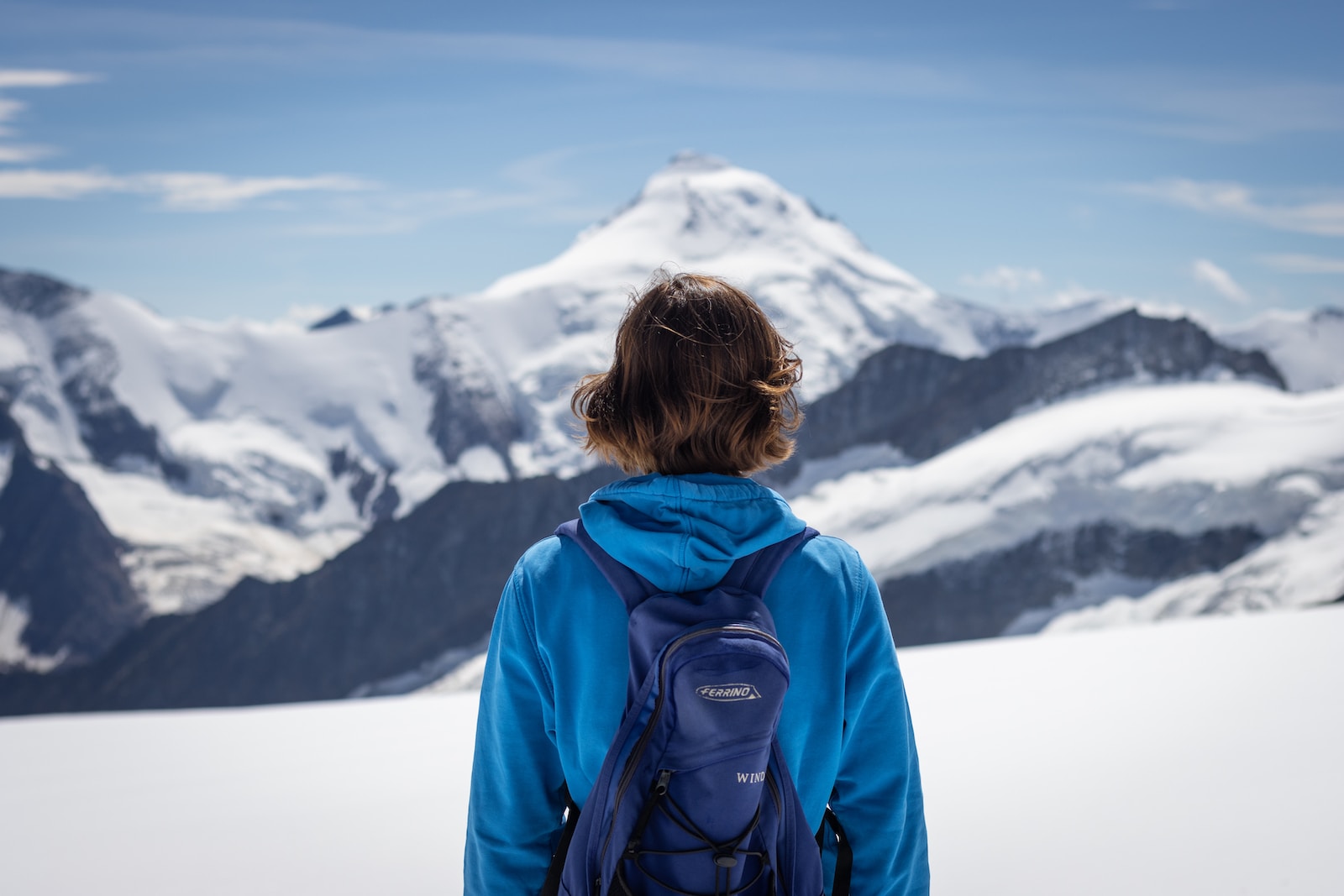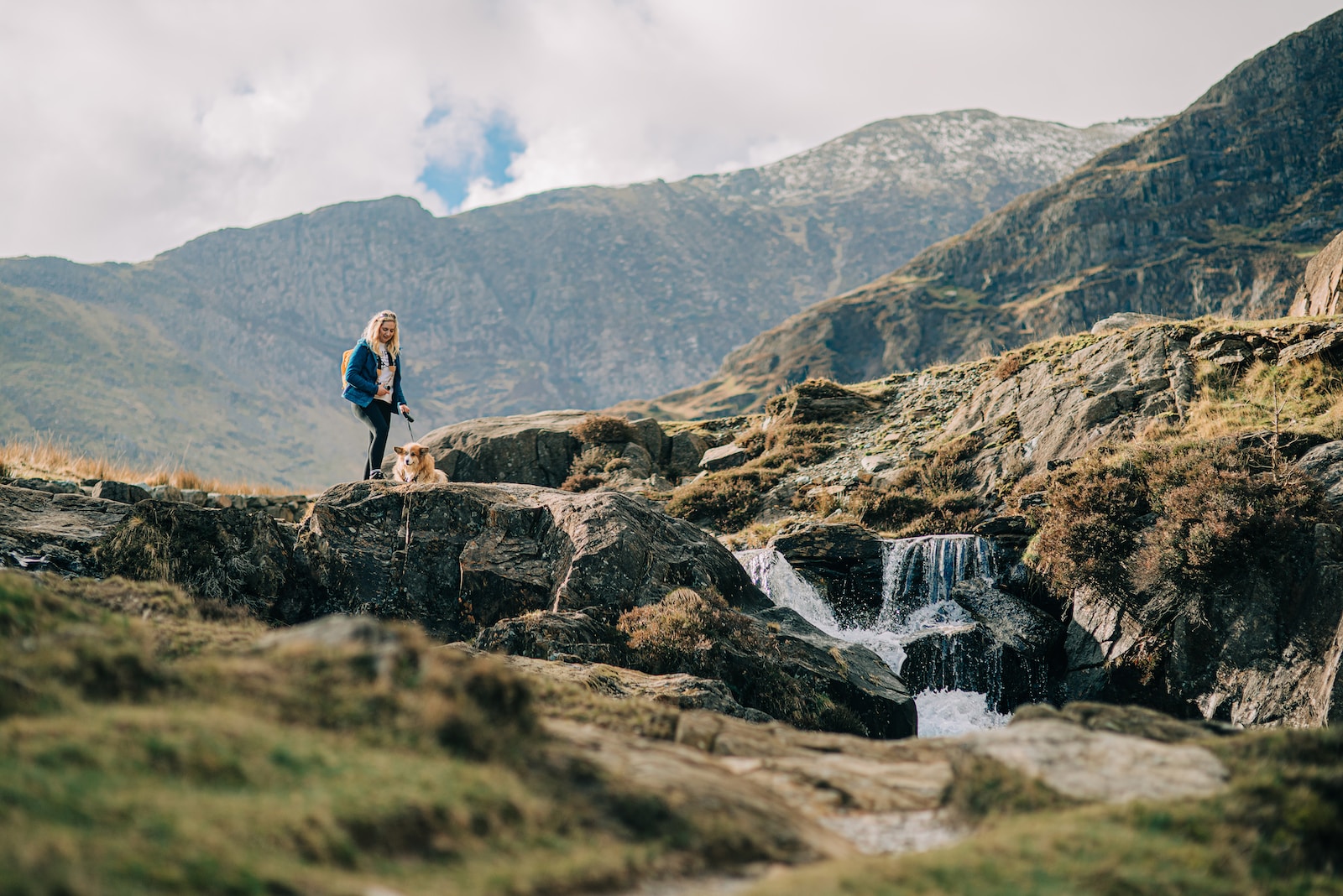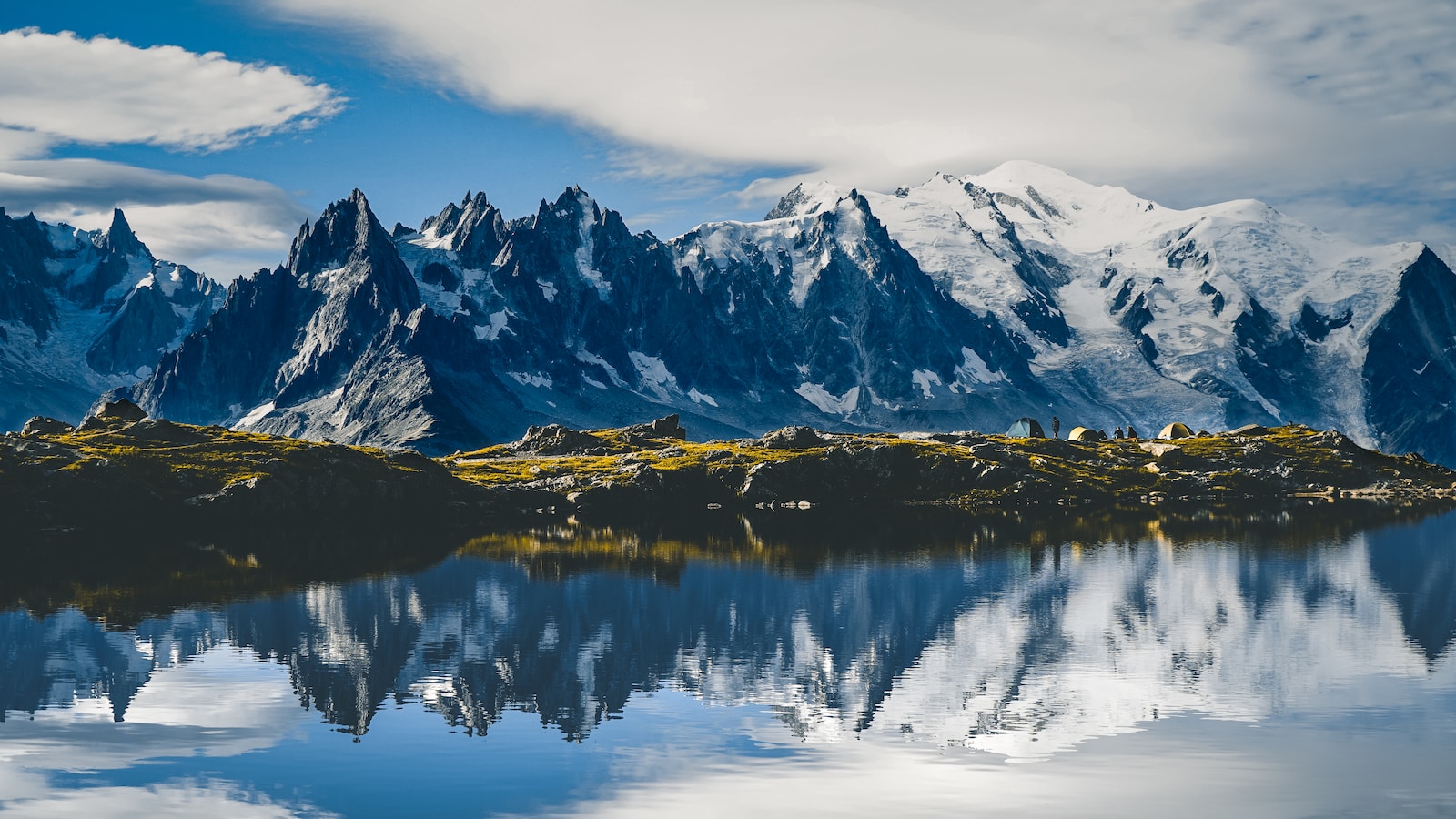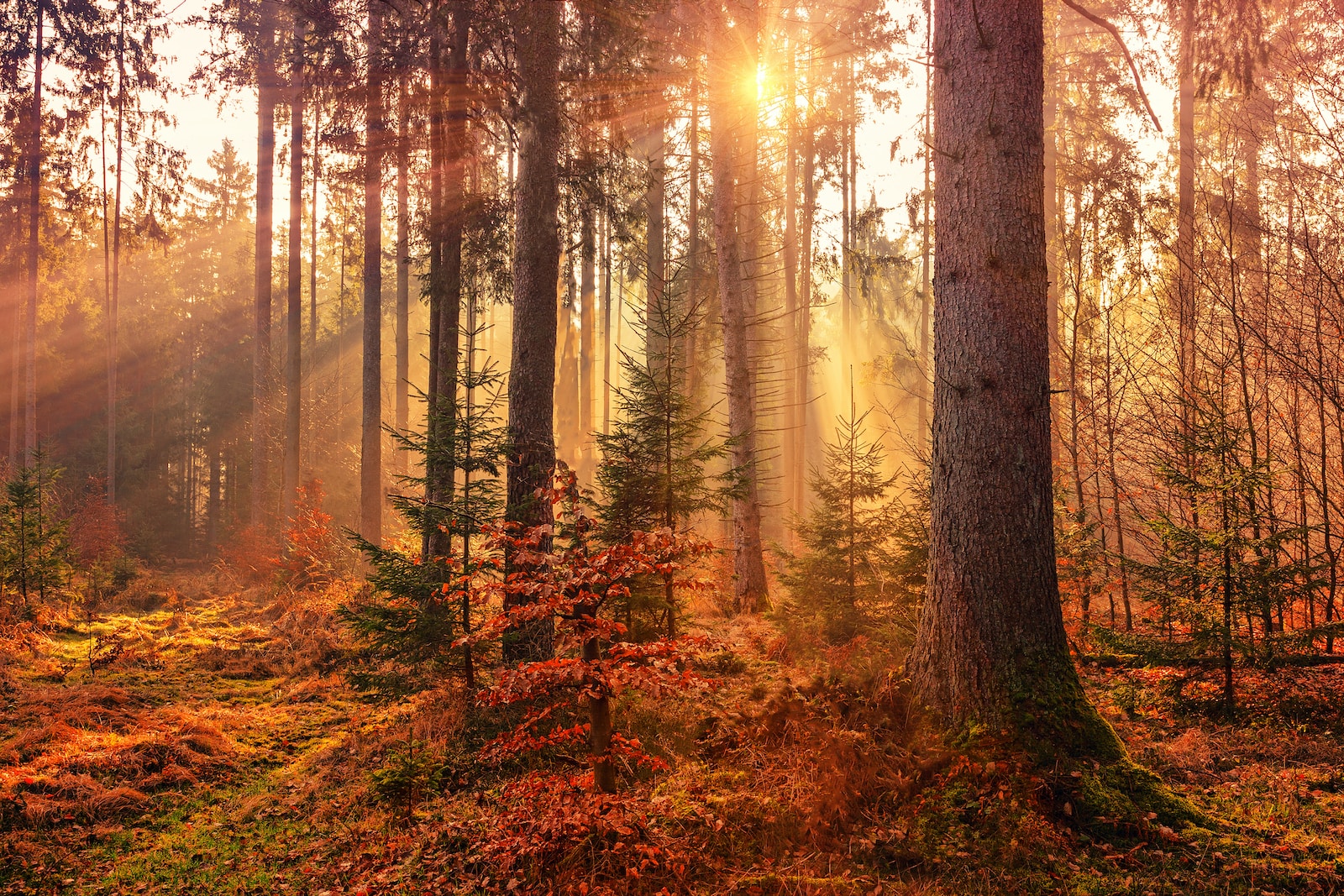Welcome to “Mount Eiger Through the Lens: An Expedition into Photography”! Join me on a thrilling journey as we explore different photography techniques to capture the rugged beauty of Mount Eiger. From camera tips to expedition photography, we’ll uncover the secrets to immortalizing this magnificent mountain through the lens. Whether you’re an experienced photographer or a beginner, this blog will provide valuable insights and inspiration to help you master the art of capturing nature’s wonders.
Table of Contents
- Exploring the Majestic Mount Eiger
- Choosing the Right Equipment to Photograph Mount Eiger
- The Best Time and Vantage Points
- Frequently Asked Questions
- 1. What camera settings should I use for Mount Eiger photography?
- 2. What lens would be best for photographing Mount Eiger?
- 3. How can I ensure sharp focus in my Mount Eiger photos?
- 4. What time of day is best for Mount Eiger photography?
- 5. How can I capture the dynamic weather on Mount Eiger?
- 6. What composition techniques work well for Mount Eiger photography?
- 7. How can I create a sense of adventure and exploration in my Mount Eiger photos?
- 8. Any post-processing tips for Mount Eiger photography?
- 9. Are there any safety precautions I should take when photographing Mount Eiger?
- 10. What other photography gear should I bring for a Mount Eiger expedition?
- Wrap Up
Exploring the Majestic Mount Eiger
Mount Eiger, located in the Bernese Alps of Switzerland, is a majestic peak that has captivated adventurers, climbers, and photographers for centuries. With its sheer rock faces, dramatic glaciers, and stunning alpine landscapes, Eiger offers a plethora of opportunities for breathtaking photographs. In this blog post, we will delve into the different photography techniques that will help you capture the rugged beauty of Mount Eiger.
1. Understanding the Lighting
The first step in capturing stunning photographs of Mount Eiger is to understand the importance of lighting. The changing light throughout the day can dramatically transform the mood and appearance of the mountain. Start your day early to capture the soft morning light as it illuminates the peaks, and stick around until the golden hour in the evening for that warm, magical glow. Experiment with long exposures to capture the movement of the clouds and create a sense of drama in your images.
2. Embracing Wide-Angle Shots
To truly capture the grandeur of Mount Eiger, wide-angle shots are your best friend. The wide-angle lens allows you to include the vastness of the surrounding landscape, emphasizing the contrast between the towering peak and the surrounding valleys. Look for interesting foreground elements, such as wildflowers or glacial streams, to add depth and interest to your images.
3. Creating a Sense of Scale
Mount Eiger is an imposing peak, and it’s important to convey its size and scale in your photographs. Including human elements in your composition can help give a sense of perspective and highlight the magnitude of the mountain. Incorporate climbers, hikers, or skiers into your shots to add a dynamic element and tell a story of the challenges and adventures that take place on Eiger’s slopes.
4. Capturing Details and Textures
While wide-angle shots are fantastic for capturing the grand landscapes, don’t forget to zoom in and focus on the details. Mount Eiger is known for its intricate rock formations, crevasses, and ever-changing ice patterns. Use a macro lens or get close to the subjects to capture the intricate textures and patterns that set this mountain apart. These detail shots will add a layer of interest and complexity to your portfolio.
5. Playing with Perspective
One of the best ways to make your Mount Eiger photographs stand out is to experiment with different perspectives and angles. Challenge yourself to find unique vantage points that offer a fresh take on this iconic mountain. Consider capturing unusual angles, shooting from above or below, or incorporating reflections to add a creative twist to your compositions.
6. Emphasizing the Weather and Atmosphere
Mount Eiger’s weather is notoriously unpredictable, ranging from clear, sunny days to stormy, misty conditions. Don’t be afraid to embrace the ever-changing weather and use it to create atmospheric photographs. Mist, fog, and storm clouds can add a sense of mystery and drama to your images. Be patient and wait for those moments when the mountain reveals itself amidst the atmospheric conditions.
So, whether you are a professional photographer planning an expedition or an amateur enthusiast looking to capture the beauty of Mount Eiger, keep these techniques in mind. Maximize your chances of capturing stunning photographs that truly showcase the rugged allure of this magnificent peak. Embark on your own photographic expedition, and let Mount Eiger be your muse!
Interesting fact: Mount Eiger, located in the Bernese Alps of Switzerland, has a treacherous reputation with a climbing history dating back to the early 19th century. Its north face is regarded as one of the most challenging climbs in the world.
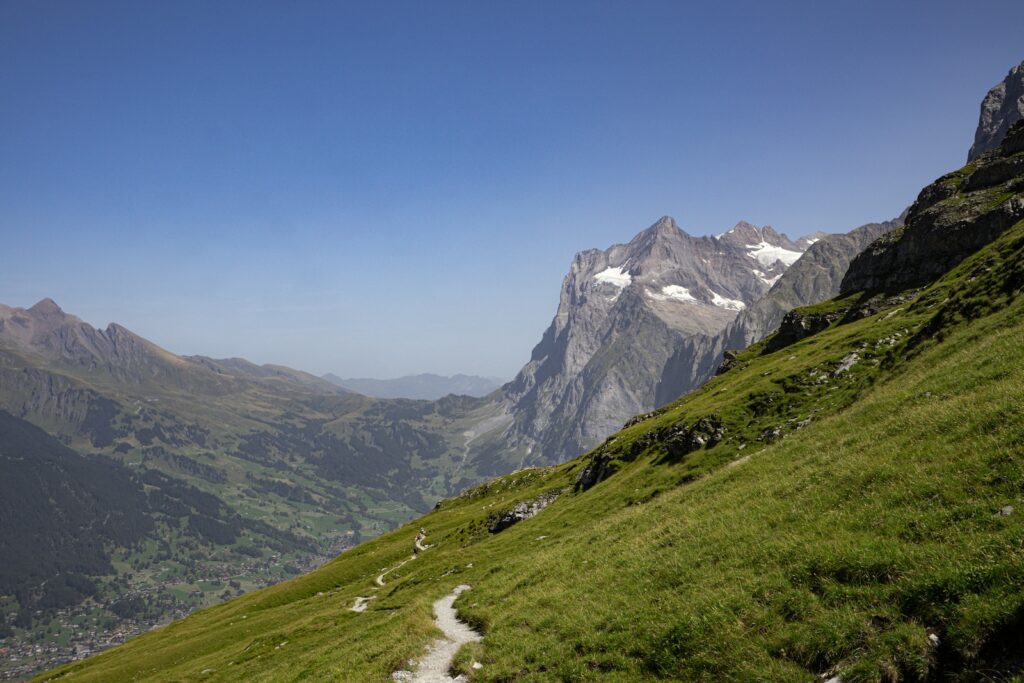
Choosing the Right Equipment to Photograph Mount Eiger
Mount Eiger is a majestic peak in the Swiss Alps, known for its rugged beauty and challenging climbing routes. As a photographer, capturing the essence of this breathtaking mountain requires the right equipment. In this section, we will explore different camera options, lenses, and other essential gear to help you get the best shots of Mount Eiger.
Camera Options
When it comes to choosing a camera for your Mount Eiger expedition, there are several options to consider. Here are three popular choices:
- 1. DSLR Cameras: These versatile cameras offer excellent image quality and a wide range of lenses to choose from. The Nikon D850 and Canon EOS 5D Mark IV are both great options, known for their high-resolution sensors and exceptional performance in low-light conditions.
- 2. Mirrorless Cameras: These compact and lightweight cameras are perfect for outdoor photography. The Sony Alpha a7R III and Fujifilm X-T4 are known for their exceptional image quality and advanced autofocus systems, making them ideal for capturing the details of Mount Eiger.
- 3. Action Cameras: If you’re looking for a more adventurous approach, action cameras like the GoPro Hero9 Black are a great choice. They are small, durable, and can be mounted on various surfaces, allowing you to capture unique angles and perspectives of your Mount Eiger expedition.
Each camera option has its own strengths, so consider your preferences and shooting style before making a decision. Don’t forget to pack spare batteries, memory cards, and a sturdy tripod to ensure you never miss a shot!
Essential Lenses
Choosing the right lenses is crucial for capturing the beauty of Mount Eiger. Here are some lens options to consider:
- 1. Wide-Angle Lens: A wide-angle lens, such as a 16-35mm, allows you to capture the grandeur of Mount Eiger’s landscape. It’s perfect for capturing the entire mountain range or wide panoramas.
- 2. Telephoto Lens: A telephoto lens, like a 70-200mm, allows you to zoom in and capture the details of Mount Eiger. It’s great for capturing climbers in action or getting closer shots of specific areas of the mountain.
- 3. Prime Lens: If you prefer prime lenses, a 50mm or 85mm lens can be great for capturing portraits of climbers or focusing on specific elements of the mountain. They also perform well in low-light conditions.
Consider the type of shots you want to capture and the focal length that suits your style. Packing a versatile lens kit will ensure you’re prepared for any photographic opportunity that arises during your Mount Eiger expedition.
Additional Gear
To enhance your photography experience on Mount Eiger, consider the following essential gear:
- 1. Tripod: A sturdy tripod is essential for capturing sharp images, especially during low-light situations or long-exposure shots.
- 2. Filters: Neutral density (ND) filters and circular polarizers can help you control light and add drama to your Mount Eiger photographs. ND filters are useful for long-exposure shots, while polarizers reduce glare and enhance colors.
- 3. Weather Protection: Mount Eiger’s weather can be unpredictable, so make sure you have adequate protection for your camera gear. A rain cover or weather-sealed camera bag will keep your equipment safe and dry.
Remember to pack wisely and only bring the gear you feel comfortable carrying during your expedition. Being prepared with the right equipment will allow you to focus on capturing the rugged beauty of Mount Eiger without any distractions.
The Best Time and Vantage Points
Timing is Key
When embarking on an expedition to capture the sheer magnificence of Mount Eiger through your lens, understanding the best time of year to visit is crucial. The ideal time is during the summer months, from June to September, when the weather is more favorable for photography.
Golden Hour Magic
During the golden hour, which is the hour after sunrise or before sunset, the soft and warm light creates a magical effect on the jagged peaks of Mount Eiger. This is the best time for capturing breathtaking photographs that showcase the mountain’s rugged beauty.
Vantage Points for Epic Shots
- Eiger Trail: Follow the Eiger Trail, which runs parallel to the mountain, for stunning views from various angles. The trail offers opportunities to capture the towering cliffs, glaciers, and alpine meadows below.
- Männlichen: Take a cable car up to the Männlichen peak, where you can enjoy panoramic views of Mount Eiger, the Jungfrau region, and the surrounding Swiss Alps. This vantage point provides a wide range of possibilities for capturing different perspectives.
- Kleine Scheidegg: Located between Jungfraujoch and Männlichen, Kleine Scheidegg offers an unparalleled view of Mount Eiger’s notorious North Face. This challenging face is a coveted subject for many photographers seeking to capture its raw and imposing nature.
Options for Different Photography Styles
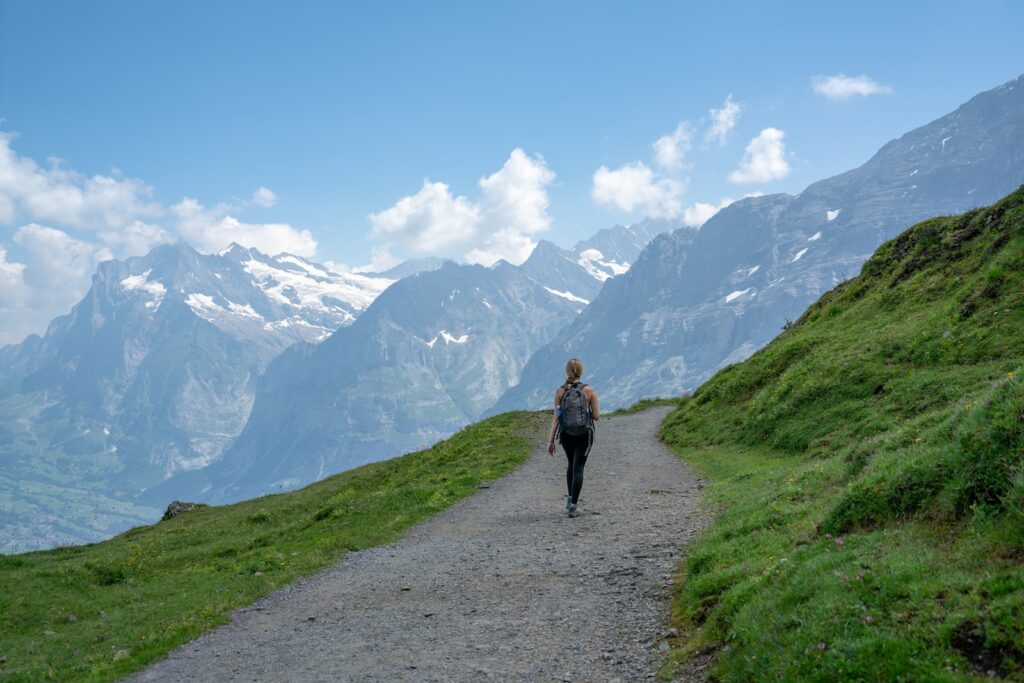
1. Landscape Photography
If you are passionate about capturing the vast beauty of Mount Eiger’s surroundings, consider these options:
- Wide-angle lens: Use a wide-angle lens to capture the expansive landscapes and emphasize the grandeur of the mountain.
- Foreground interest: Incorporate interesting elements in the foreground, such as wildflowers or alpine streams, to add depth and create a more captivating composition.
- Long exposure: Experiment with long exposure photography to smooth out waterfalls or capture the movement of clouds, adding a sense of motion and drama to your images.
2. Wildlife Photography
Mount Eiger and its surroundings are home to a variety of wildlife. To capture these magnificent creatures, consider these options:
- Telephoto lens: Use a telephoto lens to get closer to wildlife without disturbing them. This lens allows you to capture detailed images from a safe distance.
- Patience and observation: Spend time observing animal behavior and their natural habitats. Patience is often rewarded with unique and authentic wildlife shots.
- Fast shutter speed: Set your camera to a fast shutter speed to freeze the action and capture sharp images of animals in motion.
Remember, Mount Eiger is not only an iconic mountain but also a symbol of daring human accomplishments. By exploring different vantage points and adapting your photography techniques, you can capture the spirit of this majestic peak and tell a visual story through your lens.
Capturing the rugged beauty of Mount Eiger with different angles and perspectives. Instead of shooting straight-on, try capturing the mountain from a low or high vantage point for a unique and visually interesting shot.
Frequently Asked Questions
1. What camera settings should I use for Mount Eiger photography?
It’s important to use a fast shutter speed to capture the rugged and ever-changing conditions of Mount Eiger. Set your ISO to a low value to minimize noise, and adjust your aperture for the desired depth of field.
2. What lens would be best for photographing Mount Eiger?
A wide-angle lens is ideal for capturing the vastness and grandeur of Mount Eiger. It allows you to include more of the surrounding landscape in your shots and emphasizes the scale of the mountain.
3. How can I ensure sharp focus in my Mount Eiger photos?
To achieve sharp focus, use autofocus or manually focus on a prominent feature of the mountain. Additionally, using a sturdy tripod can help eliminate camera shake and ensure sharper images.
4. What time of day is best for Mount Eiger photography?
The golden hours – early morning and late afternoon – offer beautiful lighting conditions for photographing Mount Eiger. The warm, soft light accentuates the mountain’s textures and adds depth to your images.
5. How can I capture the dynamic weather on Mount Eiger?
Mount Eiger’s weather can change quickly, creating dramatic scenes. Keep your camera protected with a weatherproof cover and be prepared to adapt your settings accordingly. Embrace the contrast between light and shadow to showcase the mountain’s ever-changing moods.
6. What composition techniques work well for Mount Eiger photography?
Use leading lines from the surrounding landscapes to guide the viewer’s eye towards Mount Eiger. Include foreground elements to add depth and scale. Balance the mountain with the surrounding elements to create a visually pleasing composition.
7. How can I create a sense of adventure and exploration in my Mount Eiger photos?
Include human figures or mountaineers in your shots to evoke a sense of scale and adventure. Capture the excitement and determination on their faces, emphasizing the challenges they face on Mount Eiger.
8. Any post-processing tips for Mount Eiger photography?
During post-processing, enhance the colors and contrast to bring out the mountain’s rugged beauty. Experiment with different editing techniques to create a unique and captivating visual representation of Mount Eiger.
9. Are there any safety precautions I should take when photographing Mount Eiger?
Absolutely! Mount Eiger is a challenging and treacherous mountain. Always prioritize your safety and be aware of your surroundings. Dress appropriately for the weather conditions and follow all safety guidelines when exploring the mountain.
10. What other photography gear should I bring for a Mount Eiger expedition?
Besides your camera and lenses, it’s essential to have spare batteries and memory cards for extended shooting sessions. Additionally, bring a lens cleaning kit, a sturdy tripod, and camera filters to enhance your shots and protect your gear in harsh conditions.
Wrap Up
As our expedition into photography on Mount Eiger comes to an end, I hope you have found inspiration and valuable insights on capturing the rugged beauty of this magnificent mountain. Remember, always be prepared with the right camera gear and utilize various techniques like long exposure and composition to enhance your images.
Whether you are an experienced photographer or just starting out, the key is to practice and experiment. Let Mount Eiger be your muse and continue to explore new horizons in your photography journey.
I would love to hear about your experiences and see the stunning images you capture. Leave a comment below and share your Mount Eiger photography stories. Together, let’s continue to inspire and learn from each other.
